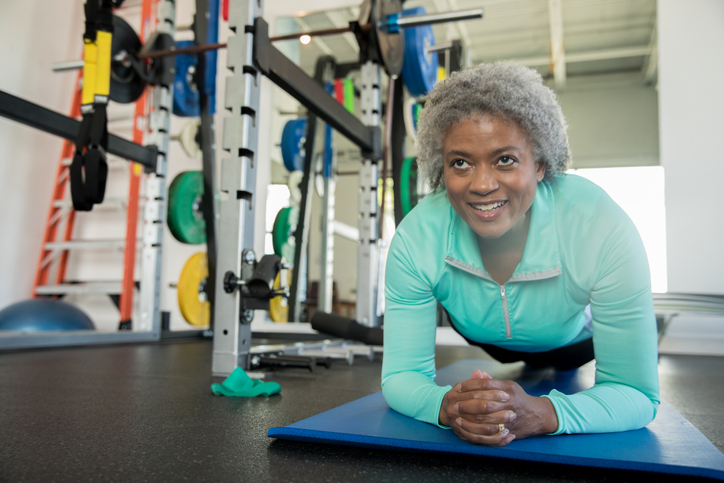Your Home For Public Health News

5 action steps for quitting an addiction
Because change is so difficult, it's useful to have a guide when attempting to kick an addiction to drugs, alcohol or behavior. Research shows that the following steps can help you move toward your recovery goals. You have the greatest chance of success if you adopt all five steps. 1. Set a quit date. It might be helpful to choose a meaningful date like a special event, birthday, or anniversary. 2. Change your environment. Remove any reminders of your addiction from your home and workplace. For example, separate from those who would encourage you to be involved with the object of your addiction (drug, alcohol, or behavior). If you are trying to quit drinking, get rid of any alcohol, bottle openers, wine glasses, and corkscrews. If you're trying to quit gambling, remove any playing cards, scratch tickets, or poker chips. Also, don't let other people use or bring reminders of the addiction-related substance or behavior into your home. 3. Distract yourself. Instead of giving in to an urge to use, come up with alternative activities, such as going for a walk or calling a friend or family member to talk, so that you keep busy until the urge passes. Be prepared to deal with things that trigger your cravings, such as being in an environment where others are using. 4. Review your past attempts at quitting. Think about what worked and what did not. Consider what might have contributed to relapse and make changes accordingly. 5. Create a support network. Talk to your family and friends and ask for their encouragement and sup-port. Let them know you are quitting. If they use your object of addiction, ask them not to do so in front of you. If you buy drugs, you should consider telling your dealer that you are quitting; ask your dealer not to call you and not to sell you drugs anymore. Also, you might want to consider talking to your health care provider about the method of quitting that is best for you. There may be medications that can ease the process for you and increase your chances of success.
Read More →
Try this move for better core strength
Adopting small changes over time can add up to better health in the long term. Focus on building your core strength by adding one simple exercise to your weekly exercise plan — the plank. The plank position, which looks like the high part of a push-up, works your core muscles, which are the major muscles in the area that connects your upper and lower body. These include the abdominal muscles and those in the back, sides, hips, and buttocks. The core also encompasses the muscles in your pelvis, including those that help support your bladder, uterus, and other internal organs. Test yourself First, can you hold a plank? Try the plank with your arms extended or resting on your elbows. Be certain to keep your back straight and your head in a neutral position looking at the ground. If you can't hold the position, modify the exercise by resting your weight on your knees instead of your feet (sometimes referred to as a modified push-up position). Whatever version you do, time yourself to see how long you can hold the position. Then repeat the exercise a few times a week, or even daily. Try to gradually increase the number of planks you do or the amount of time you stay in a plank (or modified plank position) over time. Start with one plank a day and build from there and increase your plank hold time gradually. "If you can hold it for three seconds, try it for four. If you can hold it for four, try to get to 10 seconds," says Dr. Edward Phillips, assistant professor of physical medicine and rehabilitation at Harvard Medical School. The ultimate goal is to be able to hold your plank for a full minute. "There's a saying that when you can hold a plank for a minute, your back pain will be gone," says Dr. Phillips. Planks may ease back pain because as your core muscles strengthen, they provide more support for your spine. Having a stronger core can also help you move more easily and make your movements more stable. Core strength exercises: Planks Plank tips and techniques Keep your neck and spine neutral during the plank. Keep your shoulders down and back. Don't bend at your hips.
Read More →
Cognitive Fitness
Harvard experts bring you all the information you need for understanding how you can stay mentally sharp as you age by following their practical 6-step plan for cognitive fitness. We are living longer than ever before. Human life expectancy has grown spectacularly over the past few decades, thanks to advances in public health and medicine. With maturity comes a wealth of experience and knowledge. Yet age also brings an increasing risk for major medical conditions. Brain problems are a particular concern as we grow older. According to the World Health Organization, Alzheimer’s and other brain diseases will affect one out of every five people at some point in life, and these conditions are the main cause of lifelong disability worldwide. The good news is that declining brain health and cognitive loss are not inevitable. In this fascinating course, you'll learn about cognitive reserve — the brain's ability to find alternate ways of doing something — and how it can help fight the brain changes associated with dementia and other brain diseases. Plus, you'll find out how you can boost your own cognitive reserve and buffer memory loss by challenging your brain. Cognitive Fitness explores decades of research on cognitive health and discover the six pillars of brain health that can help you sustain good brain function and cognitive fitness (the ability to learn, reason, remember, and adapt your thinking processes) into old age. It's never too soon to start optimizing your brain health, enroll in Cognitive Fitness today!
Read More →